Do you know? Despite being one of the most used muscle groups in the body, the calves are often the most undertrained.
If you’ve been neglecting your lower legs, it’s time to flip the script—because strong, well-shaped calves not only boost your athletic performance but also give your legs that powerful, sculpted finish.
And the best part? You don’t need a fancy gym or machines. Just a pair of dumbbells and these 13 targeted calf workouts are enough to bring size, shape, and definition to your calves—no excuses.
Let’s dive into the best dumbbell-only calf exercises to pump up those lower legs!
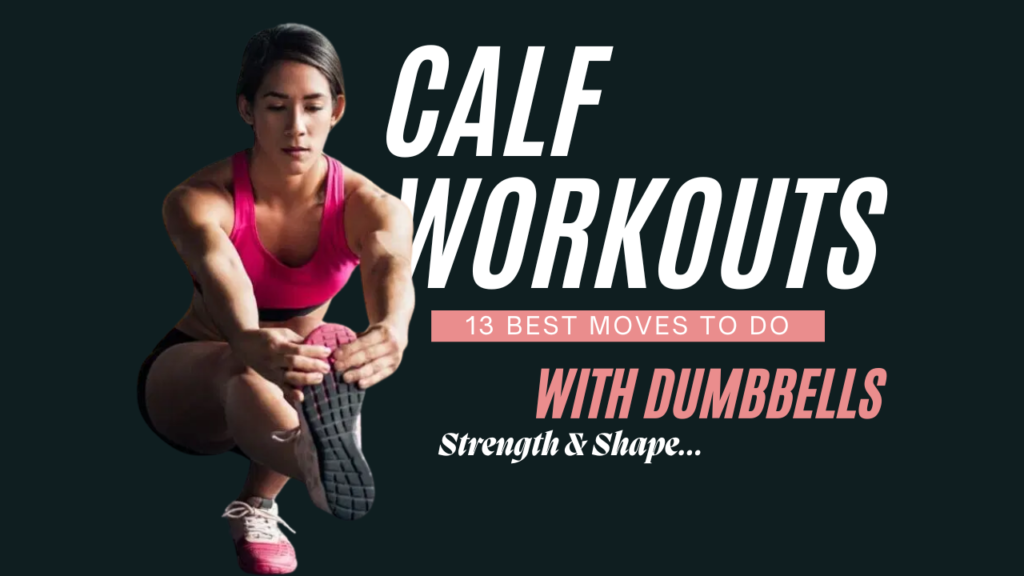
Table of Contents
What Can Happen After 30 Days of Dumbbell Calf Workouts?
| Positive Changes | What It Means for You |
|---|---|
| Noticeable calf muscle definition | Legs look more sculpted and aesthetically balanced |
| Improved strength and endurance during walking/jumping | Daily activities and sports become easier and more powerful |
| Better ankle stability and joint support | Lower risk of sprains or imbalance-related injuries |
| Enhanced mind-muscle connection with calves | More targeted and effective muscle activation |
| Increased muscular pump and vascularity | Calves feel fuller and look more toned |
| Greater range of motion and flexibility in the ankles | Better form during squats, lunges, and other leg exercises |
| Boost in lower-body performance (running, climbing stairs) | Improved athletic ability and functional fitness |
| Visible asymmetry reduction (if one calf was smaller) | More balanced lower leg proportions |
| More confidence in shorts or fitted clothing | Visible payoff from consistent training |
| Motivation to level up to heavier weights or harder variations | Keeps you on track for long-term growth |
Also Read: The 13 Best Equipment-Powered Glute Exercises for Sculpted Curves
Do’s & Don’ts of Dumbbell Calf Workouts
| Do’s | Don’ts |
|---|---|
| Do train calves at least 2–3 times per week | Don’t rush through the reps — control is key |
| Do use both standing and seated variations | Don’t lock your knees during the movement |
| Do pause and squeeze at the top of each rep | Don’t use momentum to lift the weights |
| Do experiment with foot angles (toes in/out) | Don’t stick to just one exercise |
| Do stretch your calves post-workout | Don’t ignore the importance of rest and recovery |
| Do progress by increasing weight or reps weekly | Don’t use too heavy weights that compromise form |
| Do focus on mind-muscle connection | Don’t bounce or jerk at the bottom of the movement |
| Do warm up your ankles before heavy sets | Don’t skip calf training in your lower-body routine |
| Do include unilateral (single-leg) movements | Don’t compare your progress to others—calves vary |
| Do train both gastrocnemius & soleus muscles | Don’t rely only on machines if dumbbells are enough |
Why Calf Training Matters More Than You Think
The calf muscles—primarily the gastrocnemius and soleus—play a major role in walking, jumping, sprinting, and stabilizing the body. Neglecting them can lead to imbalanced leg development, poor posture, and even increased injury risk.
Whether you’re an athlete, lifter, runner, or someone chasing aesthetic goals, training your calves with intentional resistance (like dumbbells) ensures better performance and structure.
13 Dumbbell-Only Calf Workouts (With How-To & Tips)
1. Standing Dumbbell Calf Raise
Target: Gastrocnemius
How to:
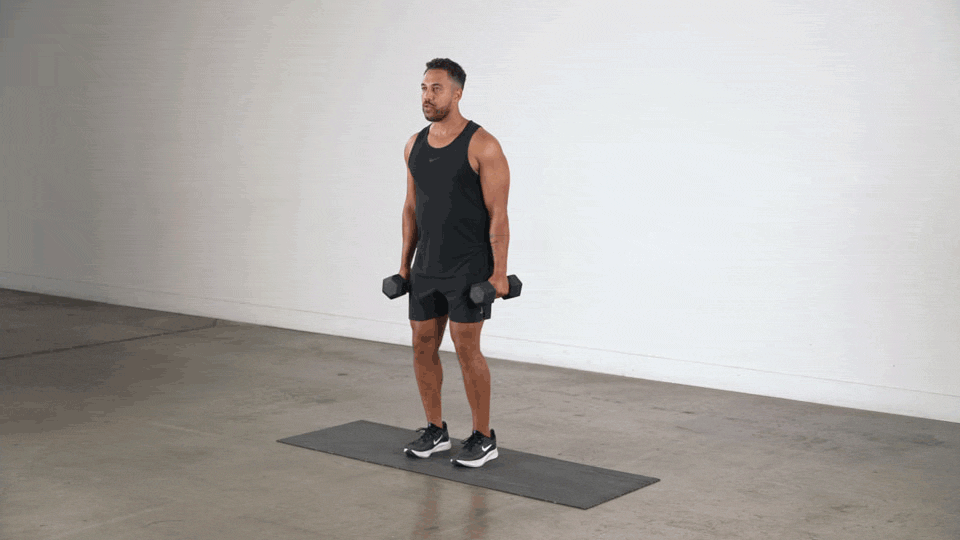
- Hold a dumbbell in each hand by your sides.
- Stand with feet shoulder-width apart.
- Slowly raise your heels off the ground as high as possible.
- Pause at the top for 1–2 seconds, then lower slowly.
Reps: 3 sets of 15–20
Pro Tip: Use a step or plate for an increased range of motion.
Also Read: 15 Bodyweight Glute Exercises to Sculpt a Peachy Booty
2. Dumbbell Seated Calf Raise (On Bench/Chair)
Target: Soleus
How to:

- Sit on a bench with dumbbells resting on your thighs, above the knees.
- Keep toes flat, and raise your heels by contracting the calves.
- Hold at the top and then lower slowly.
Reps: 3 sets of 20
Fact: The soleus responds best to higher reps and time under tension!
3. Single-Leg Dumbbell Calf Raise
Target: Unilateral strength & balance
How to:
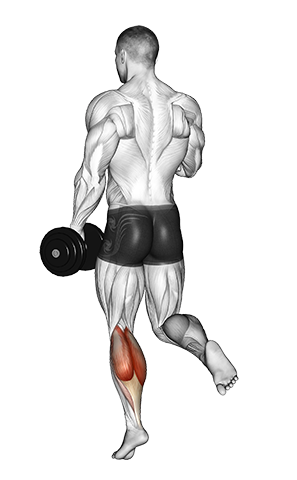
- Hold one dumbbell in the same side hand.
- Raise one leg slightly off the ground.
- Perform calf raises on the standing leg.
Reps: 3 sets of 10–12 per leg
Myth Buster: You don’t need heavy weights to grow calves—balance and control play a huge role!
4. Donkey Calf Raise (Dumbbell Between Legs)
Target: Gastrocnemius stretch & power
How to:
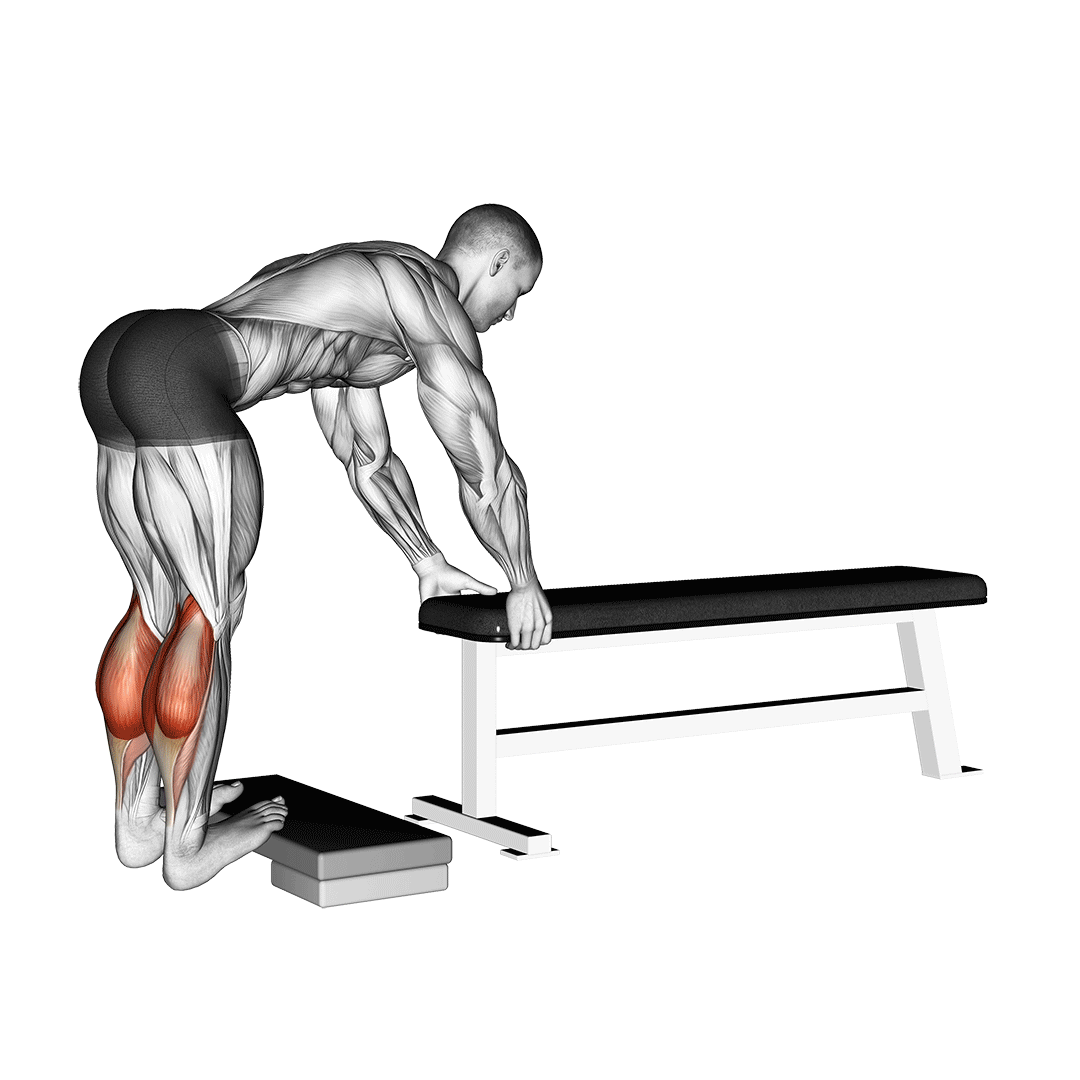
- Place a dumbbell between your feet or hold it between your thighs while bending forward.
- Keep upper body horizontal and knees slightly bent.
- Raise your heels and squeeze.
Reps: 3 sets of 12
Bonus: Increases stretch, leading to deeper muscle activation.
Also Read: 13 Best Equipment-Based Quad Exercises For Toned Legs
5. Dumbbell Farmer’s Walk on Toes
Target: Endurance, balance, definition
How to:
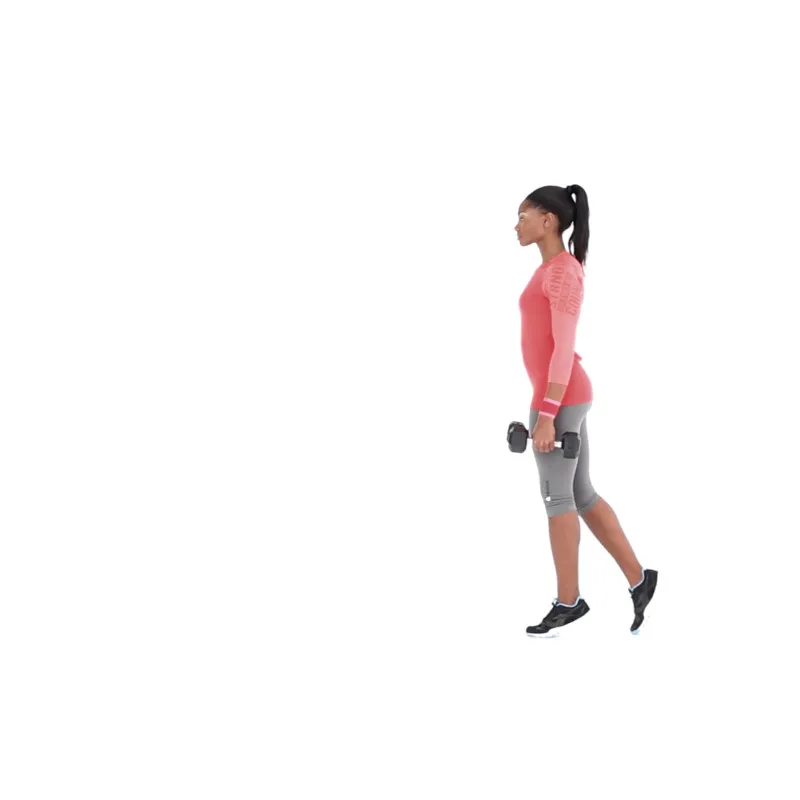
- Hold dumbbells in both hands.
- Walk forward slowly while staying on your toes.
Duration: 30–45 seconds per set
Tip: Focus on control. It’ll torch your calves!
6. Dumbbell Jumping Calf Raise
Target: Explosiveness
How to:
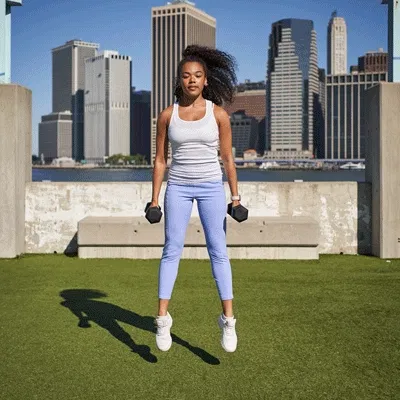
- Hold dumbbells by your side.
- Perform quick, high-velocity calf raises and explode into a jump.
- Land softly and repeat.
Reps: 3 sets of 10
Use With Caution: Keep the weight moderate to avoid joint stress.
7. Bent-Knee Dumbbell Calf Raise
Target: Soleus (more when knees are bent)
How to:
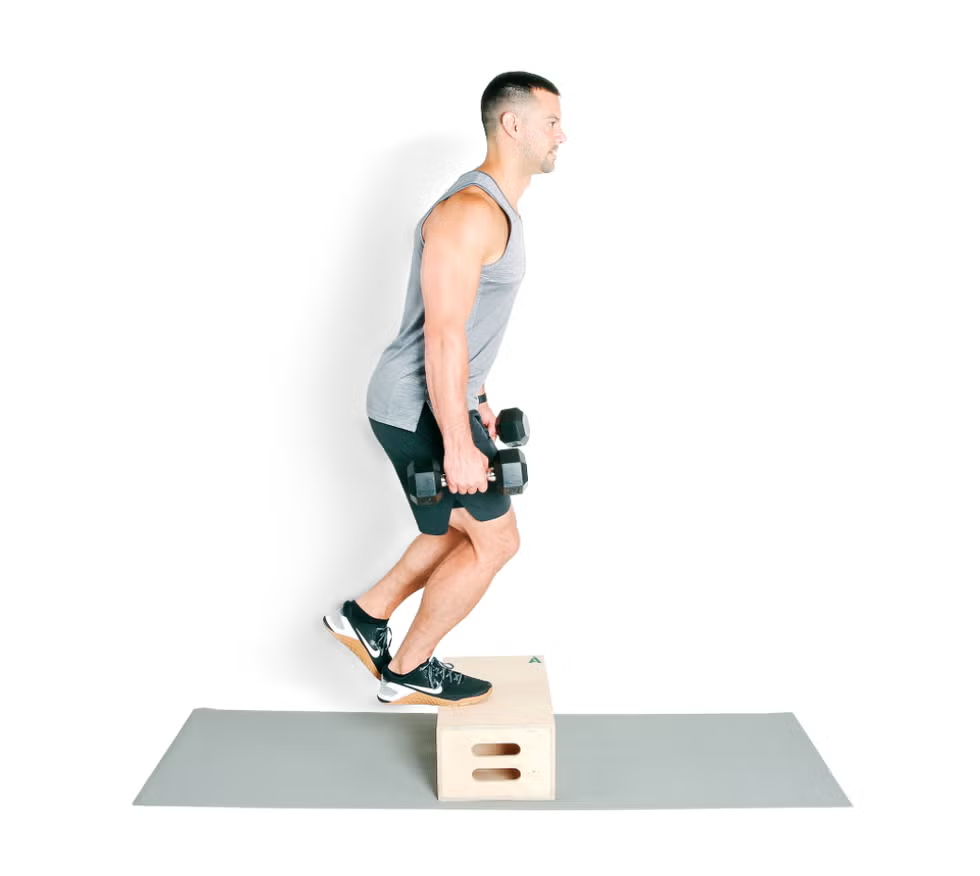
- Stand with a slight knee bend and hold dumbbells.
- Perform slow calf raises.
Reps: 3 sets of 15
Did You Know? Bending the knee shifts more load to the soleus—ideal for complete calf growth.
Also Read: 15 Must Do Bodyweight Quad Exercises for Sculpted, Stronger Thighs
8. Dumbbell Calf Raise Pulse
Target: Burnout, pump
How to:
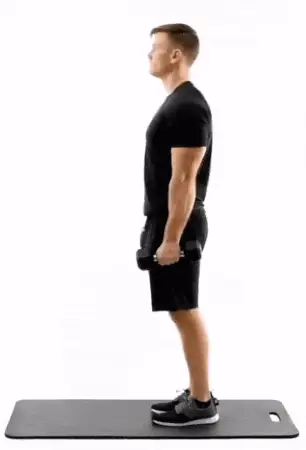
- Raise heels halfway up, then pulse up and down within a small range.
- Keep constant tension.
Reps: 30 seconds to failure
Use: Best as a finisher after other heavy sets.
9. Dumbbell Toes-In Calf Raise
Target: Outer calf (lateral gastrocnemius)
How to:
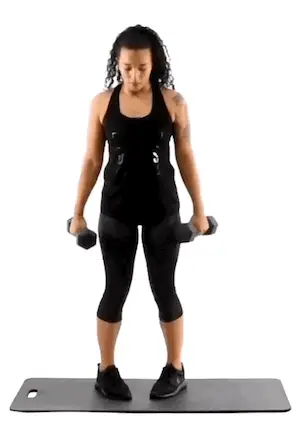
- Stand with toes pointed inward.
- Perform calf raises slowly.
Reps: 3 sets of 12–15
Tip: Adjust toe angles to isolate different calf fibers.
10. Dumbbell Toes-Out Calf Raise
Target: Inner calf (medial gastrocnemius)
How to:

- Toes pointing outward.
- Perform slow, full-range calf raises.
Reps: 3 sets of 12
Fact: Toe angle can be a powerful tweak to enhance shape.
Also Read: 10 Equipment-Based Back Exercises to Sculpt a V-Taper
11. Wall-Supported Dumbbell Calf Raise
Target: Beginners or those with balance issues
How to:
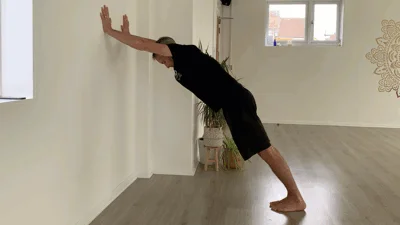
- Stand near a wall and hold it lightly for balance.
- Perform slow calf raises with dumbbells.
Reps: 3 sets of 20
Perfect For: Anyone new to calf training or recovering from an injury.
12. Tempo Dumbbell Calf Raise
Target: Time under tension
How to:
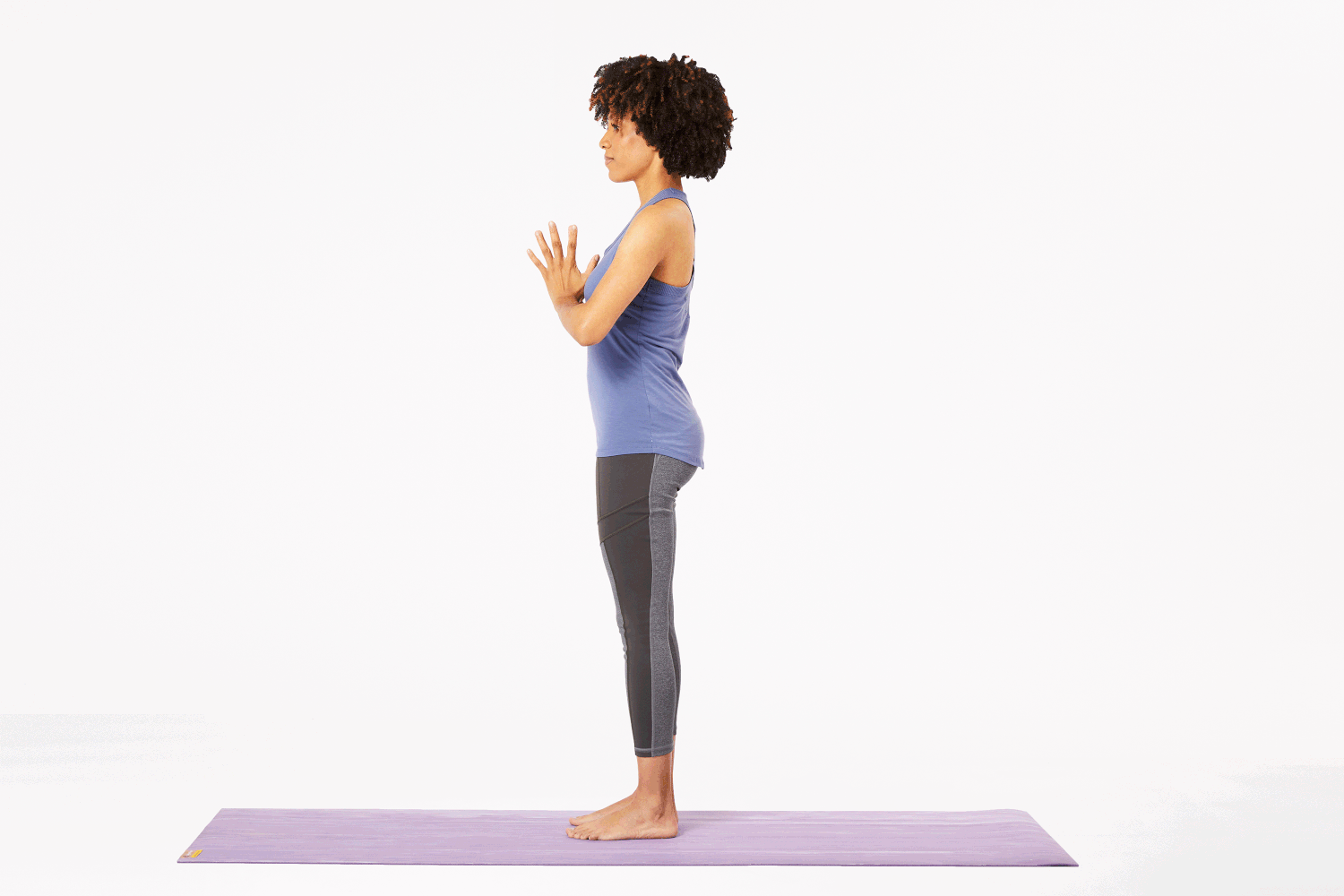
- 3 seconds up, 1-second hold at the top, 3 seconds down.
- Hold dumbbells and follow a strict tempo.
Reps: 3 sets of 8–10
Advanced Burn: Try combining with drop sets for next-level results.
13. Dumbbell Calf Raise with Pause & Stretch
Target: Stretch + contraction
How to:
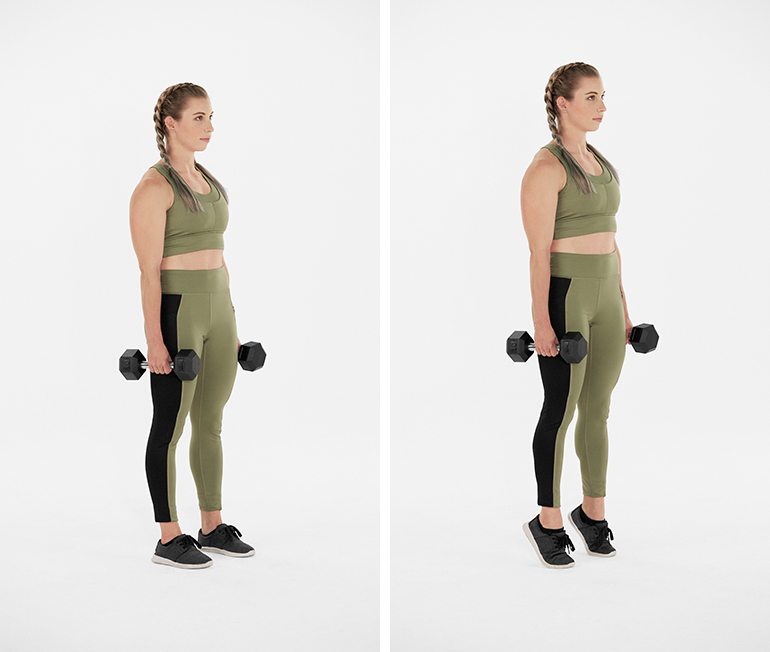
- At the bottom of each rep, pause for 3 seconds to feel the deep stretch.
- Explode up and squeeze at the top.
Reps: 3 sets of 10
Why It Works: Stretching under load can improve muscle elasticity and volume.
Also Read: 14 Ultimate Bodyweight Back Exercises That’ll Boost Posture & Power
Final Thoughts: Your Calves Deserve the Attention
Whether you’re chasing those diamond-shaped calves or looking to improve your athletic stride, these dumbbell-only exercises give you everything you need—convenience, results, and variation.
Don’t let your lower legs lag behind. Make these moves a part of your weekly workout plan, and soon, your calves will command attention every step of the way.
Remember: You grow what you train—and now, you’ve got 13 powerful ways to train smarter.
Frequently Asked Questions (FAQs)
Can dumbbell-only exercises really build big calves?
Absolutely. While machines and barbells offer options, dumbbells provide sufficient resistance, freedom of movement, and the ability to isolate calf muscles effectively. With progressive overload and consistency, you can achieve solid growth.
How many times a week should I do these dumbbell calf workouts?
2 to 3 times per week is optimal. Calves are resilient and can recover quickly, but spacing workouts helps avoid fatigue and promotes growth. Be sure to allow at least 48 hours between intense sessions.
Should I use heavy or light dumbbells for calf exercises?
Both! Use heavier dumbbells for low-rep, strength-based sets (8–10 reps), and lighter weights for high-rep endurance and shaping sets (15–20 reps). Mixing rep ranges ensures balanced development.
How long does it take to see visible calf gains?
On average, with consistent training and proper nutrition, visible results can appear in 6–8 weeks. Calves can be stubborn, so patience and progressive overload are key.
Are bodyweight calf raises enough, or should I use dumbbells?
Bodyweight calf raises are great for beginners, but adding dumbbells increases resistance, intensity, and muscle growth potential. If you’re aiming for volume and shape, dumbbells are a must.
My calves don’t grow no matter what I do. Why?
Calves are genetically tough for some people. But it’s often due to lack of intensity, variation, or volume. Switch up angles, tempos, and frequency. Focus on the mind-muscle connection, too—it matters.
Can these exercises help improve my running or jumping ability?
Yes! Stronger calves improve explosive power, stride efficiency, and ankle stability, all of which boost athletic performance in sports, running, and jumping.
Is it okay to train calves on rest days?
You can—if you keep the volume moderate and avoid overtraining. Short pump sessions or bodyweight calf raises on rest days can aid recovery and endurance.










